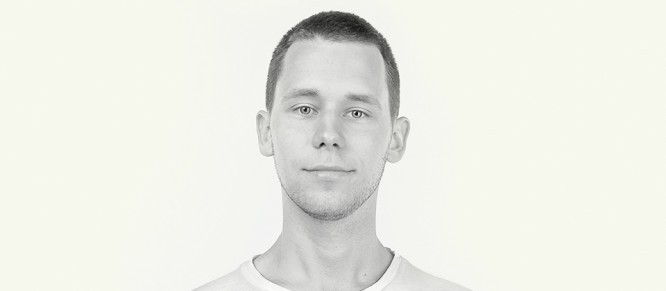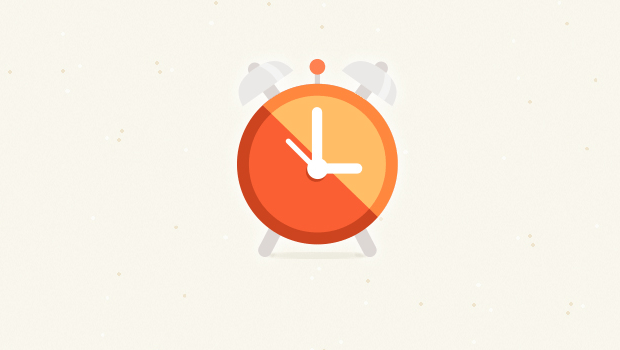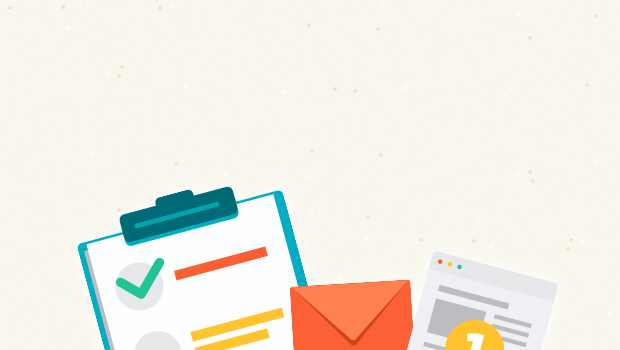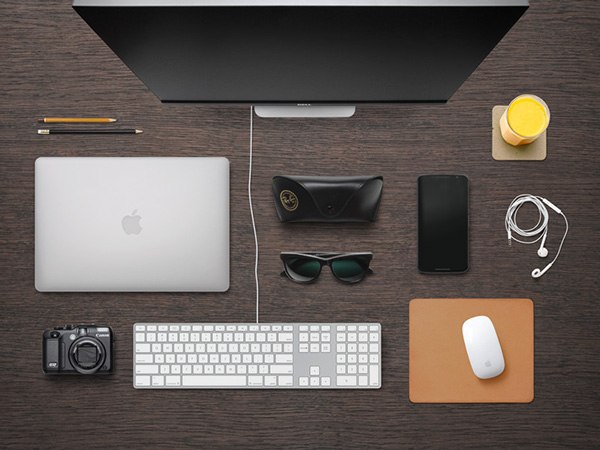How to improve a designer’s workflow
How to improve a designer’s workflow

Why improve your workflow?
It doesn’t make the slightest sense. It is better to do everything constantly on the last day and hour, until the end of the deadline. If without sarcasm, it turns out that very few people from the field of design think about the constant lack of time. Although even minor improvements in the daily routine can help make the day richer and more productive.
Morning is a time of great things

Someone wakes up earlier, someone later. However, it is important that the body in the first few hours, after waking up, copes with tasks more efficiently than already being unusually tired.
In order to avoid postponing things until later, it is best to leave the most difficult tasks for the morning. Start with those that are more interesting to you. Thus, forming a kind of “warm-up” for the brain. And move on to higher priority.
If the most burning and difficult tasks remain for the “stale” mind – most likely, the work will go “round and round.” And in a large amount of time, the minimum amount of tasks will be solved. Or, in general, the question will be transferred to the “omnipotent tomorrow.”
Productivity – Zebra
It is absolutely normal that one day we are full of energy and move mountains, and the next day we can hardly cope with even a small amount of work. In this case, nothing more than the approach described above saves: working first on the more interesting tasks, and then all the rest. Indeed, often there is a project that you like more and it does not “burn”. And the other is urgent, slightly disgusting.
Planning as a breeding ground for experimentation
If there is a desire and need to do more, it is important to plan. Thus, you can clearly see the full scope of tasks. Organize and break tasks into smaller pieces to make it easier to deal with. Set reminders for tasks and appointments. In addition, adequate timing in the planning process is important. Better to overstate them and complete the task earlier. How to “fail” and lose the customer’s trust.
Change of activity – perfect relaxation

Business will not be if you do not switch from one project to another. A fun journey of trial and error has shown that focusing on one task and being attached to it sometimes positively affects its completion. However, it often happens that over time a person “burns out” and cannot concentrate on it for a variety of reasons. A lot of time was spent on it alone. Initially, the work went fine for the first n hours. Then, because of its monotony, it only causes dissatisfaction, irritation and unwillingness to work on it, at all.
It’s great that it is extremely rare that we have the opportunity to work on just one project. After all, switching from one task to another is priceless. It gives us intimate variety in the process of work.
Do you need to love the first layout / idea / concept?
Harmful. And it’s useless.
The more ideas will be generated, the greater the chance to reach a high-quality final result.
A common mistake is idealizing and delving into perfectionism over the very first idea. Which then becomes overgrown with details and hours of work, turning into a ready-made layout that never gets close to perfection. The designer falls in love with a grand idea. And he is ready to kill in cold blood for her. True, if you make a couple more options, as a rule, it becomes clear that it was far from perfect. And it’s good that they abandoned it.
By the way, it is worth remembering that early feedback helps to stop loving the first layout. Own eyes and colleagues – good. And the view from the outside is even better. Earlier, we receive criticism, analyze errors, and improve. Also, calmness is important. After all, constructive criticism makes us stronger.
Are tools important?

Yes. After all, the brain cannot hold all the information. Rescue tools: Google Calendar, Any.do, Pocket, Evernote, plus a planner for teamwork.
What takes a long time?
According to statistics in the work process, a person can spend 1/4, 1/3 and up to half of the working time on e-mail. And in this case, we are talking only about work correspondence. But there are also unnecessary mailings, notifications of social services and other spam. Obviously, 5 minutes a day spent = 30 hours a year.
For a start, it would be nice to unsubscribe from all mailings, set up anti-spam filters and save a lot of time for yourself in the future. In addition, periodically analyze what you spend time on during the week. And give up the unnecessary.
Reserve
There is nothing better for saving time than a keyboard shortcut for saving current progress. And cloud services to store backups.
The loss of precious files that you have been working on for a long time affected more than one hundred kind designer souls. It is worth making friends with DropBox, Google Drive and similar tools to save your labor.
What is all this for?
People cannot live without rest. Loading weekends once or twice a month with work projects is in the order of things. Several months in a row without days off – sudden death.
It’s an interesting practice to leave at least a couple of days a month for complete or at least partial isolation from mail and work issues. The perfect reboot for the brain.
Theoretically, labor made a man out of a monkey. So let it be our pleasure. And there will be enough time for both work and leisure.
Source: prodesign.in.ua
…


